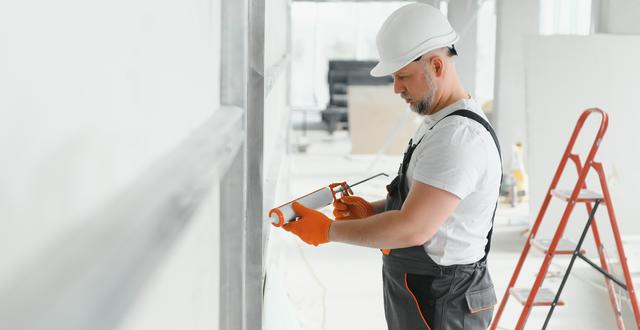Drywall repair is a common household task that homeowners will inevitably face at some point. Whether you're dealing with small dents, holes, or water damage, having the right materials on hand is essential for a successful repair. In this article, we'll explore the key materials needed for various drywall repairs, ensuring your walls look as good as new.
Repairing Small Dents and Holes
Minor dents and holes are a common occurrence in drywall and can be easily repaired with a few basic materials:
Spackling Compound
This ready-to-use material is perfect for filling small dents and nail holes in drywall.
Putty Knife
A small, flexible putty knife is ideal for applying spackling compound to minor imperfections.
Sanding Sponge
Use a fine-grit sanding sponge to smooth the repaired area before painting.
Fixing Medium to Large Holes
Larger holes require a bit more effort and additional materials for a seamless repair:
Drywall Patch
Pre-cut drywall patches are available in various sizes and are designed to cover larger holes, providing a solid backing for the repair.
Joint Compound
Also known as mud, joint compound is used to cover the patch and blend it seamlessly with the surrounding wall.
Drywall Tape
Reinforce the joint compound and prevent cracking by applying drywall tape, either paper or fiberglass mesh, over the patch.
Wide Taping Knife
A wider taping knife will help you apply and smooth joint compound evenly across the repaired area.
Addressing Water Damage
Water damage can cause drywall to become soft or discolored, requiring more extensive repairs:
Moisture Meter
Use a moisture meter to determine the extent of the water damage and identify any hidden moisture behind the drywall.
Utility Knife
A sharp utility knife is essential for cutting away damaged drywall and creating clean edges for the repair.
Replacement Drywall
Depending on the size of the damaged area, you may need a piece of replacement drywall to fill the void.
Screws and Screwdriver
Secure the replacement drywall to the studs using appropriate drywall screws and a screwdriver.
Taping and Finishing Tools
As with medium to large hole repairs, you'll need joint compound, drywall tape, and a taping knife for a smooth finish.
Final Touches
Once your drywall repairs are complete, a few finishing materials will ensure a professional appearance:
Primer
Apply a coat of primer to the repaired area to help the paint adhere and blend seamlessly with the existing wall color.
Paint
Use matching paint to cover the repaired area, blending it with the surrounding wall.
Paintbrush or Roller
Choose a suitable paintbrush or roller for applying paint to the repaired area.
Drywall repairs can be straightforward and rewarding when you have the right materials at your disposal. By gathering the necessary supplies for small dents, larger holes, and water damage, you can confidently tackle any drywall repair project and restore your walls to their former glory.






comments